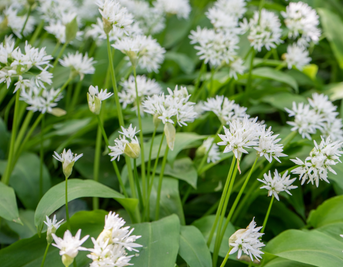Health Benefits
Cancer– Betulinic acid shows wide-ranging anti-cancer activity, including against: leukemia, malignant brain and peripheral nervous system cancers for which mushroom polysaccharide-based supplements show limited benefit.
Immune system- As with other mushrooms, Chaga’s polysaccharide components also show strong immune-modulating activity and this combination of mushroom polysaccharides with host-derived betulinic acid contributes to Chaga’s traditional use in cancer treatment, including for: inoperable breast, lip, gastric, parotid, lung, skin, colorectal cancer and Hodgkin lymphoma.
Digestive disorders– Melano-glucan complexes have wide antimicrobial activity and Chaga has traditionally been used as an internal cleanser with Befungin, an alcohol extract of Chaga, licensed in Russia for the treatment of stomach and intestinal disorders.
Psoriasis– Several anecdotal reports indicate benefit of Chaga for psoriasis and this is supported by a Russian study on 50 psoriasis patients, which reported a 76% cure rate, with improvement in a further 16% of cases. The same study reported that it typically took 9-12 weeks for improvement to become apparent.
Directions
Although most traditional use is based on hot-water extracts (teas), the triterpenoid betulinic acid derivatives (although not the polysaccharides) are more soluble in alcohol and for this reason tinctures or other alcohol-based extracts are sometimes used, either on their own or in combination with polysaccharide-rich hot-water extracts. Traditionally around 5g of Chaga would be ground and boiled to make a tea, while the recommended daily dose of Befungin is 1tsp, three times a day and for extracts 1-3g/day.
References
1. The Chaga Storey. Spinosa R. 2006. The Mycophile, 47:1.
2. Plants used against cancer. Hartwell J.L. 1982. Quartermain Pubs: Lawrence, Mass. p.694.
3. Chemistry, biological activity, and chemotherapeutic potential of betulinic acid for the prevention and treatment of cancer and HIV infection. Cichewicz R.H, Kouzi S.A. Med Res Rev. 2004;24(1):90-114.
4. Treatment of Psoriasis with Using Chaga Mushroom Preparations. Dosychev EA, Bystrova VN. 1973. Vestn Dermatol Venerol. May;47(5):79-83.
